13 Wildlife Photography Tips for Beginners
These are some of the most important things to know when you're starting wildlife photography!
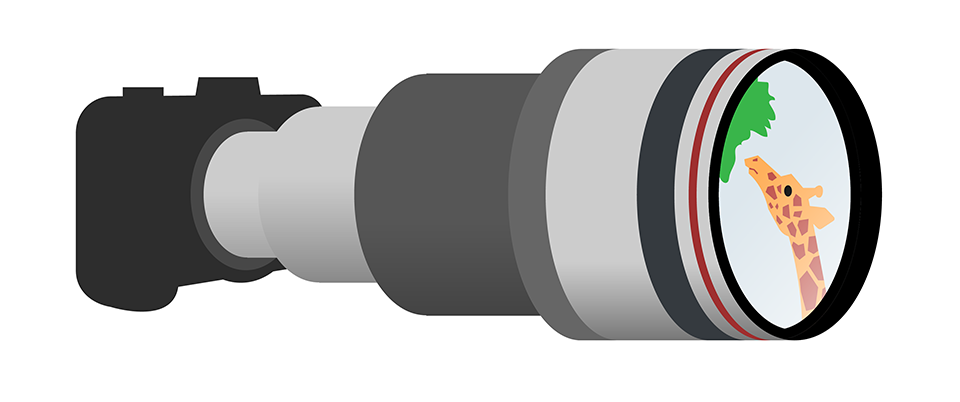
One of the great challenges of wildlife photography is that there are so many things to consider in such a short amount of time. Even if you do everything right, the uncontrollable stuff can still stop you from getting “the shot.” However, there are some basic tips that are easy to remember and will bring your wildlife photography to the next level. In this article, I’ll share thirteen of my favorite wildlife photography tips that I use again and again.
13 نصيحة لتصوير الحياة البرية للمبتدئين
هذه بعض أهم الأشياء التي يجب عليك معرفتها عند بدء تصوير الحياة البرية!

أحد التحديات الكبيرة في تصوير الحياة البرية هو أن هناك الكثير من الأشياء التي يجب مراعاتها في مثل هذا الوقت القصير. حتى لو فعلت كل شيء بشكل صحيح، فإن الأشياء التي لا يمكن السيطرة عليها يمكن أن تمنعك من الحصول على "اللقطة". ومع ذلك، هناك بعض النصائح الأساسية التي يسهل تذكرها والتي ستنقل تصوير الحياة البرية إلى المستوى التالي. في هذه المقالة، سأشارك ثلاثة عشر نصيحة من نصائحي المفضلة لتصوير الحياة البرية والتي أستخدمها مرارًا وتكرارًا.
These are some of the most important things to know when you're starting wildlife photography!

One of the great challenges of wildlife photography is that there are so many things to consider in such a short amount of time. Even if you do everything right, the uncontrollable stuff can still stop you from getting “the shot.” However, there are some basic tips that are easy to remember and will bring your wildlife photography to the next level. In this article, I’ll share thirteen of my favorite wildlife photography tips that I use again and again.
13 نصيحة لتصوير الحياة البرية للمبتدئين
هذه بعض أهم الأشياء التي يجب عليك معرفتها عند بدء تصوير الحياة البرية!

أحد التحديات الكبيرة في تصوير الحياة البرية هو أن هناك الكثير من الأشياء التي يجب مراعاتها في مثل هذا الوقت القصير. حتى لو فعلت كل شيء بشكل صحيح، فإن الأشياء التي لا يمكن السيطرة عليها يمكن أن تمنعك من الحصول على "اللقطة". ومع ذلك، هناك بعض النصائح الأساسية التي يسهل تذكرها والتي ستنقل تصوير الحياة البرية إلى المستوى التالي. في هذه المقالة، سأشارك ثلاثة عشر نصيحة من نصائحي المفضلة لتصوير الحياة البرية والتي أستخدمها مرارًا وتكرارًا.

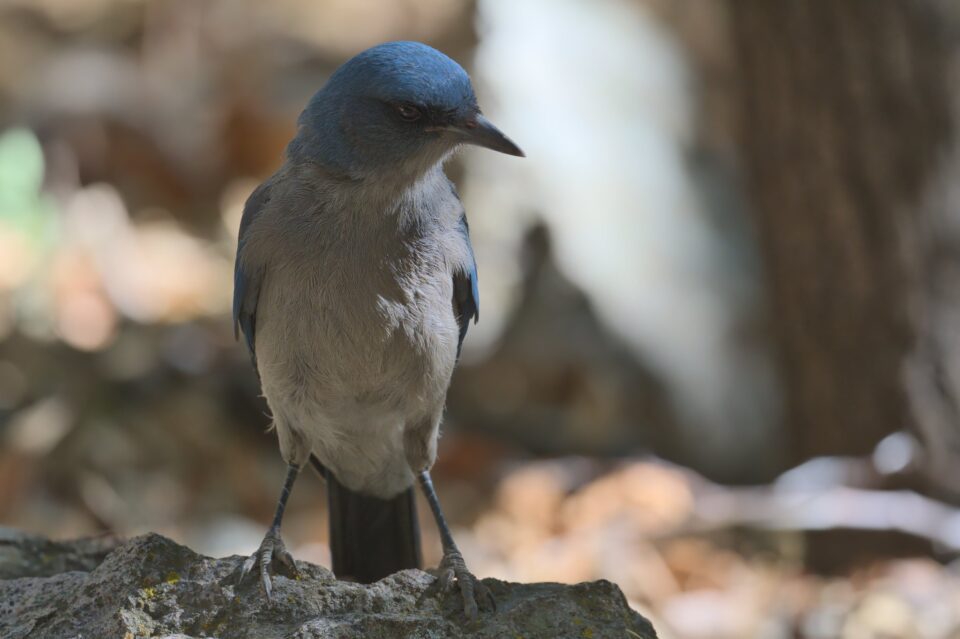

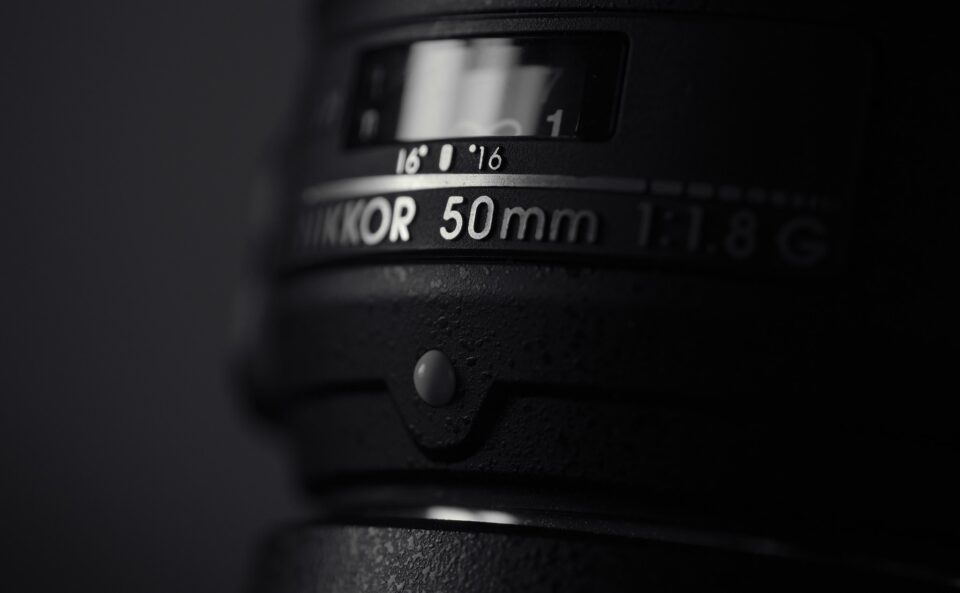
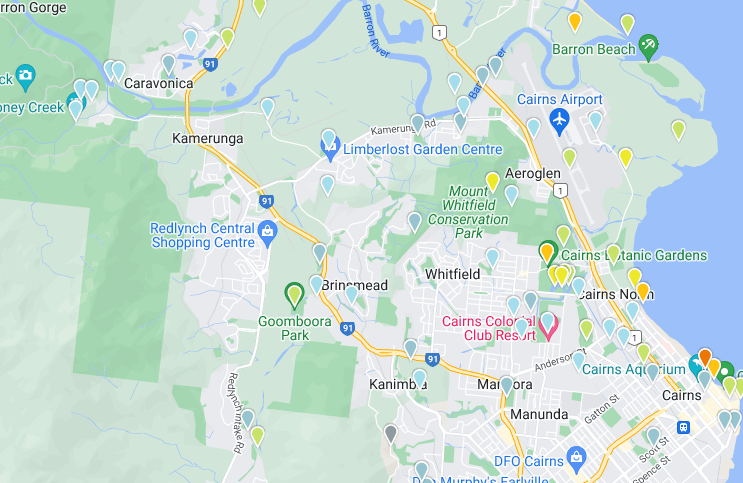
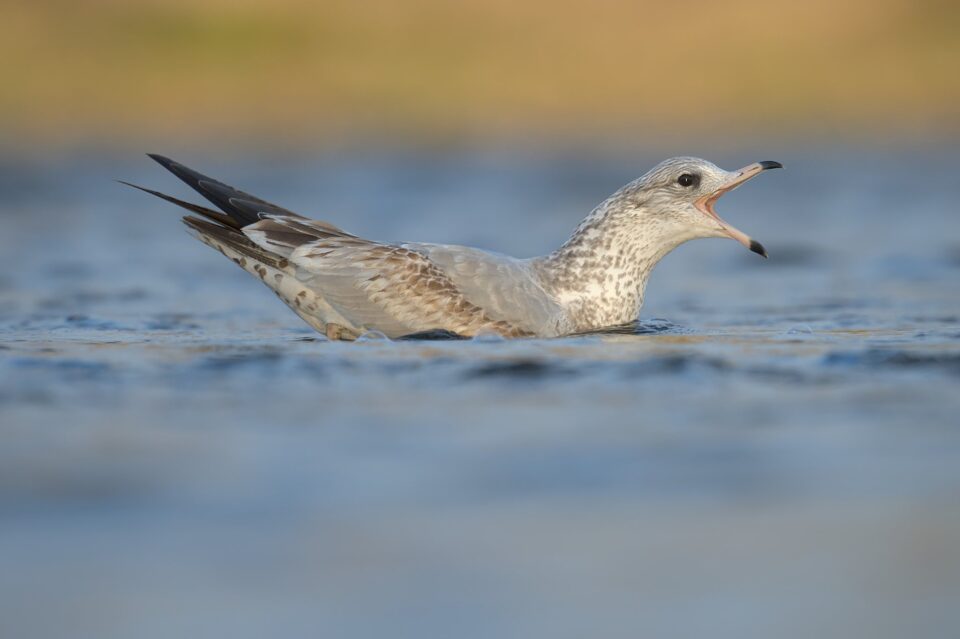
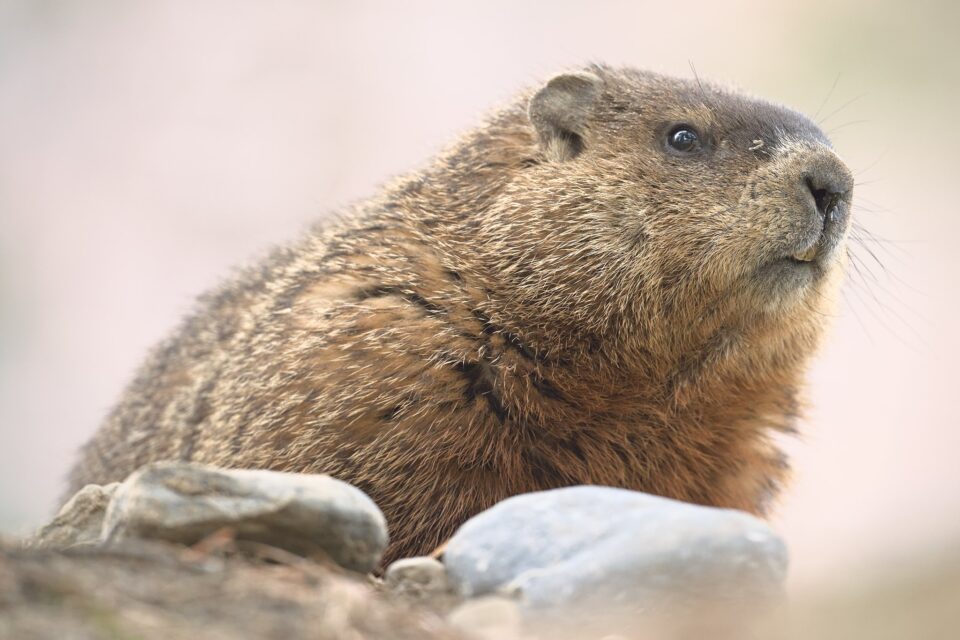
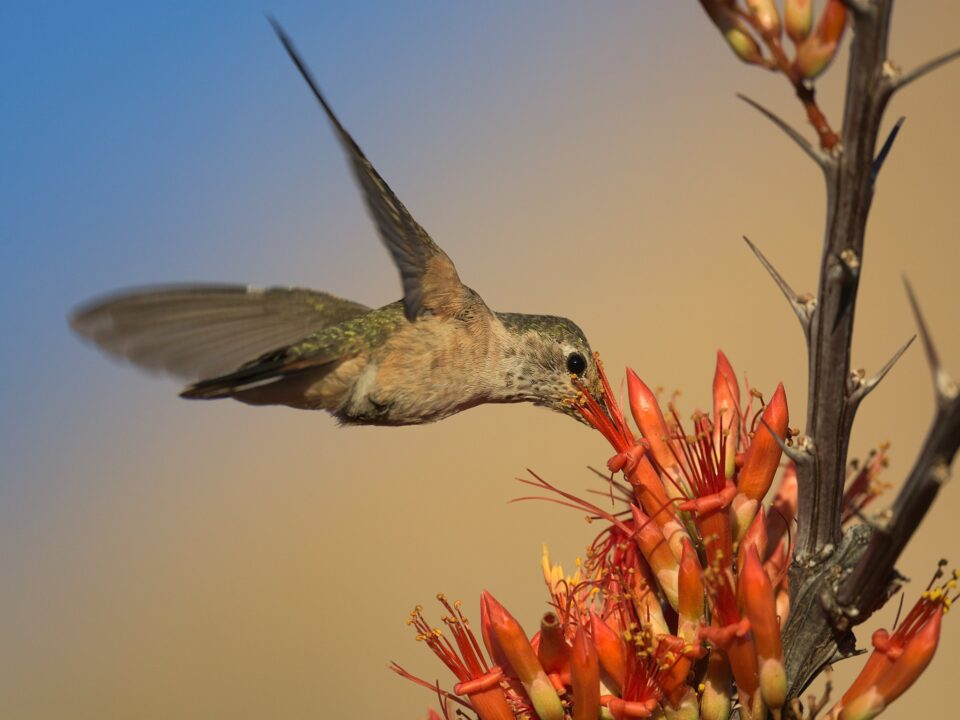
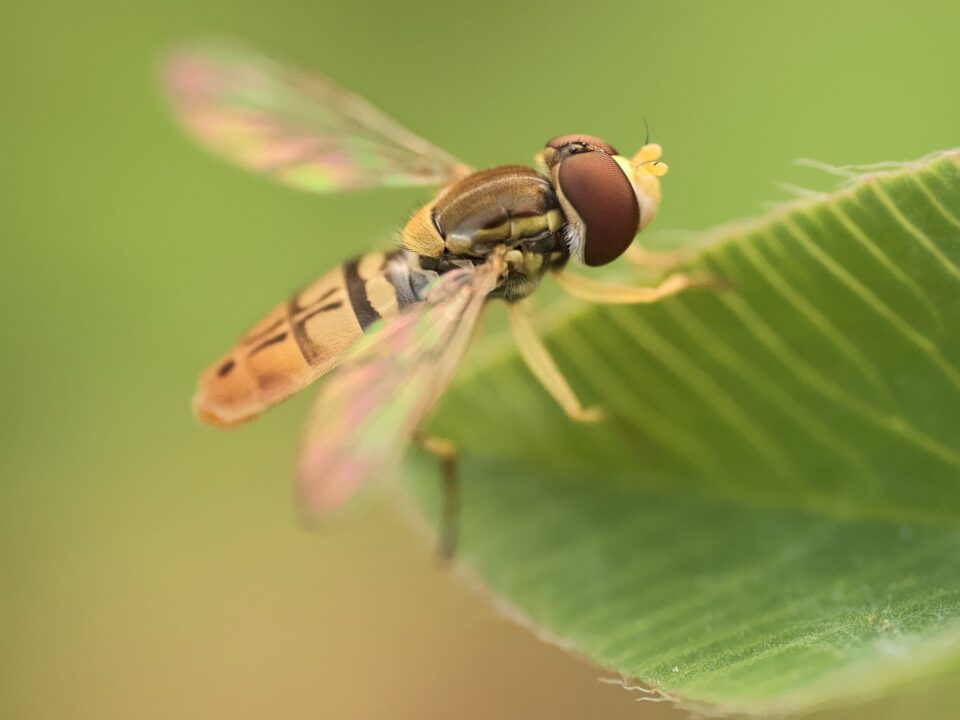
تعليق